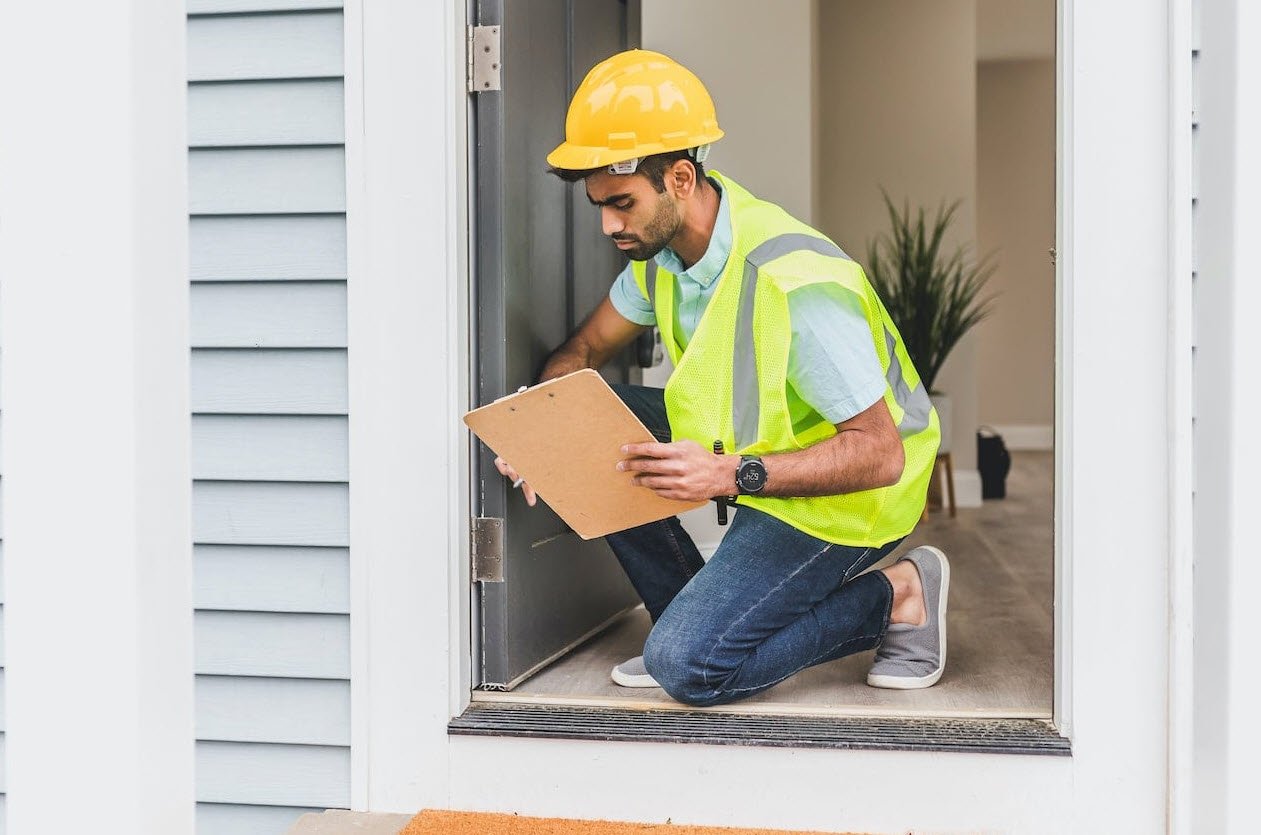
Buying a home is a significant milestone in life, one that requires careful planning and a step-by-step approach to ensure a smooth and successful process. Here are six essential steps to guide you on your journey to homeownership:
1. Save Money for a Down Payment
The first step to buying a home is saving for a down payment. The down payment is a percentage of the home’s purchase price that you pay upfront. Most conventional mortgages require a down payment of around 20% of the home’s price. Start saving early to secure your financial footing.
2. Apply for a Mortgage Loan
Once you’ve saved for your down payment, it’s time to apply for a mortgage loan. You can explore various mortgage options to find the one that best suits your financial situation. Get pre-approved for a mortgage to determine the loan amount you qualify for and to understand your budget.
3. Make an Offer
With your pre-approval in hand, you can begin your home search. When you find a property that meets your needs and budget, you can make an offer through a real estate agent. The offer includes the price you’re willing to pay, any contingencies, and the closing date.
Negotiations may follow, and once your offer is accepted, the home is considered under contract.
4. Schedule an Inspection and Appraisal
During the escrow period (the time between offer acceptance and closing), it’s crucial to schedule a home inspection. A professional inspector will assess the property’s condition and provide a report on any issues. Additionally, the lender will require an appraisal to determine the home’s value.

5. Make It Through the Escrow Period
The escrow period can be filled with various tasks, including securing homeowners insurance, finalizing your loan, and addressing any issues uncovered during the inspection. Be prepared to provide all necessary documents and information requested by your lender, as well as addressing any contingencies in the contract.
6. Close on the House
The final step in the home buying process is the closing. During the closing, all the necessary documents are signed, and ownership of the property is transferred to you. This step involves reviewing the closing disclosure, paying closing costs, and signing the mortgage note and other required documents. Once the closing is complete, you receive the keys to your new home.
While these are the essential steps in the home buying process, it’s important to note that each home purchase is unique and may come with additional factors to consider. Working with a real estate agent and a mortgage lender can be invaluable in navigating the complexities of buying a home. With careful planning and guidance, you can successfully navigate the path to homeownership and make your dream of owning a home a reality.
You may also like:- Don’t Buy A House In These 5 US Cities
- A Guide to Prepare for Your First Home Purchase
- A Comprehensive Guide to Saving on Major Appliances
- How to Save on Home Improvement – Cost-Effective Tips for Enhancing Your Space
- Practical Tips and Strategies for Saving Money on Furniture Purchases
- 51 House Cleaning Shortcuts to Save Time and Effort
- 5 Signs of a Good Air Duct Cleaning
- Tenant’s Guide – 5 Things to Remember When You Move In
- 7 Simple Reasons Why You Need a Network Security Camera for Your Home
- Fire Safety Checklist for Home – A Comprehensive Guide








